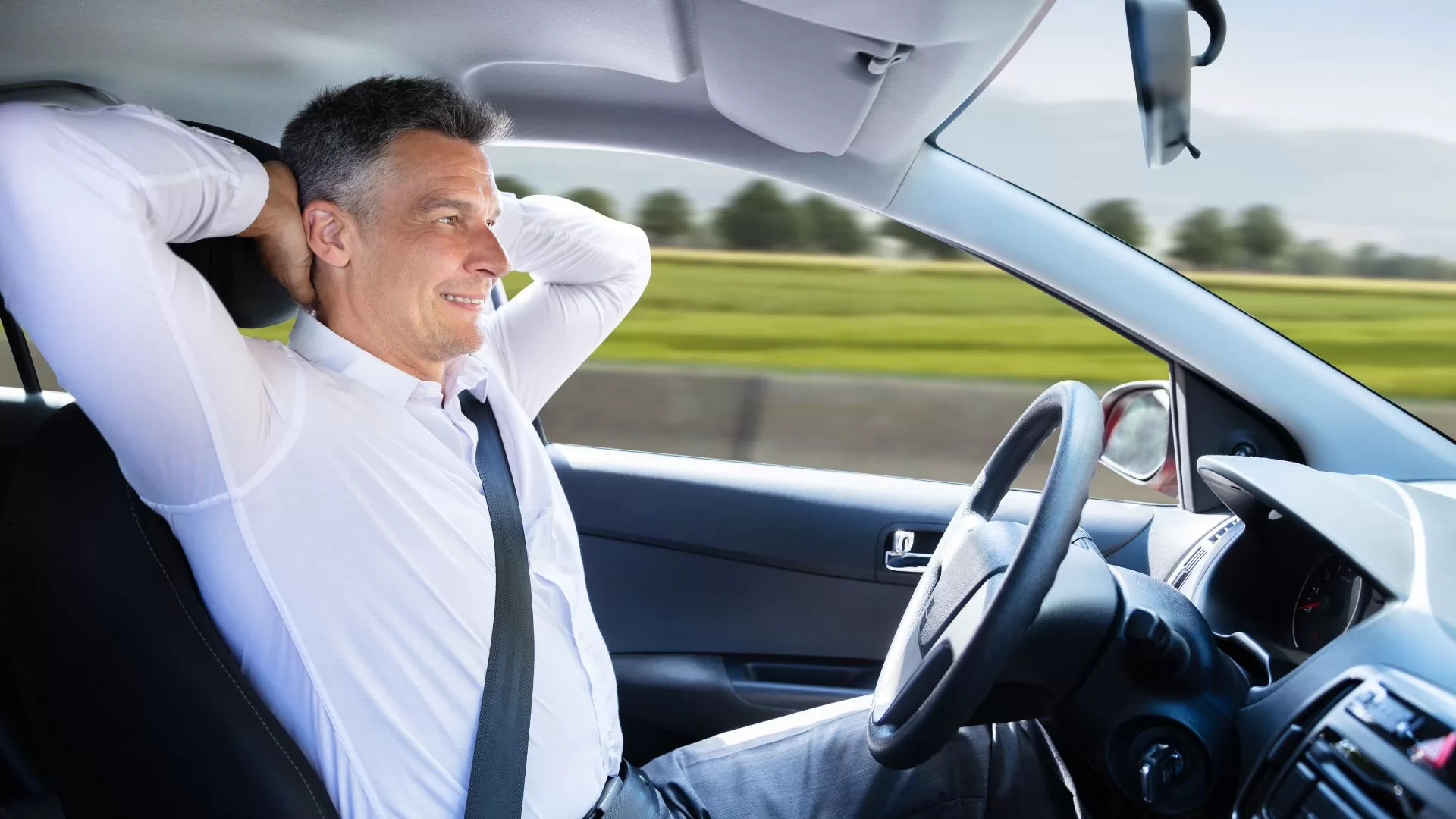Imagine for a moment that you’re not sitting comfortably in your cozy living room but are snugly fit inside the brain of an advanced self-driving car, zipping down a highway. Yes, you read that right – inside its ‘brain’. It’s a bustling place where lasers buzz, cameras click, and algorithms play endlessly. If you’ve ever wondered how these cars ‘see’ the world, grab a virtual seat because we’re diving into this futuristic landscape.
First thing’s first: self-driving cars don’t ‘see’ in the way humans do. They don’t admire the sunset, get startled by a jumping squirrel, or chuckle at the balloon-shaped like an alien in the nearby parade (although, wouldn’t that be something?). Instead, they have a suite of sensors that acts as their eyes and ears, continuously collecting data, ensuring they don’t mistake a grandma crossing the street for said alien balloon.
The MVP of this sensor squad? LiDAR. Sounds like a futuristic gadget from a sci-fi novel, right? It kinda is. LiDAR stands for Light Detection and Ranging. In simple terms, it’s a device that shoots out lasers – millions of them – in every direction. When these lasers hit objects, they bounce back, and the time they take to return gives the car an idea of the distance, shape, and size of the object. So, if a cat decides to do its strut in front of the car, thanks to LiDAR, the car knows to halt and let the feline diva pass.
But LiDAR isn’t riding solo here. It has a trusty sidekick: cameras. Cameras in self-driving cars are the unsung heroes, capturing the vibrant details of the environment. They can read traffic signals, recognize pedestrians, and even spot that guy on a unicycle juggling bowling pins. It’s like giving the car a pair of super-powered eyes that never blink. Talk about a staring contest champion.
Oh, and let’s not forget radar. While LiDAR and cameras are partying upfront, radar is diligently working in the background, sending out radio waves to measure the speed and position of objects. It’s particularly handy when it’s foggy or rainy, situations where cameras might shrug and say, “Not my day today.”
But what good is all this data if there’s no brain to process it? Enter the central computer, the ‘brain’ of our self-driving car. This is where the magic (or rather, the math) happens. Algorithms, which are basically a fancy word for a set of problem-solving steps, take the raw data from the sensors and make sense of it. It’s like continuously solving a jigsaw puzzle where the pieces are always changing.
Yet, even with all this tech, there’s one thing self-driving cars can’t do: feel. They don’t get road rage, they don’t sing along to the radio, and they certainly don’t crave a drive-thru coffee on long drives. They process, calculate, and act. Emotions? Not in their programming. So, while you might be fuming because someone just cut you off, your autonomous vehicle remains the epitome of calm, deciding the best (and safest) course of action.
But here’s a fun bit: these cars learn. Not in the “today I learned why cats hate water” kind of way. They learn roads, traffic patterns, how to handle different terrains, and even the unpredictable behaviors of pedestrians and drivers. Thanks to machine learning, every mile driven, every obstacle encountered, and every sudden brake enriches their database, making them smarter and safer drivers.
In the grand scheme of things, it’s easy to feel like these vehicles live in a cold, calculated world of ones and zeros. But there’s an elegance, an art to their operations. Picture a ballet where every dancer knows their exact position, timing, and movement. Self-driving cars perform a technological ballet on roads, where precision, timing, and coordination are paramount.
So, the next time you see a self-driving car whizzing by, imagine the whirlwind of calculations, the symphony of sensors, and the dance of data happening within. It’s a realm where technology meets the road, where the future is now, and where the line between machine and magic blurs.
In the end, while they might not stop and smell the roses or gawk at the mesmerizing sunset hues, these autonomous wonders sure are paving the way for a future where driving is safer, smarter, and smoother. And hey, with them at the wheel, you can finally enjoy that sunrise, or better yet, take a nap. Safe travels into the future!










0 Comments